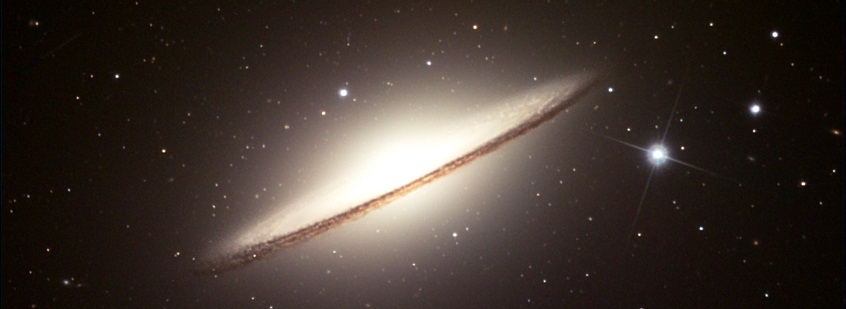Alien Odds: The Drake Equation (Part One)

Happy new year, all, and welcome to space alien month on Rev. Matt’s Monster Science! Alongside the usual eclectic monster coverage that you’ve seen here in the past, we’ll be discussing the various species of space aliens over on my Twitter (RevMattK), and right here on the site we’ll have a serialized weekly discussion of the Drake Equation.
So! Let’s get to it. The Drake Equation! The Drake Equation is a mathematical equation that tells you whether or not there are space aliens.
Well, of course, the Drake Equation tells you nothing of the sort, because of course we don’t know whether or not there are space aliens. If we knew that, we’d already be despairing our solitude or being obliterated or joining them on inconsistently written but generally entertaining time travel adventures. This is because a number of the values in the Equation are almost purely speculative, which is as it should be; the Equation was devised by the radio astronomer Frank Drake in 1961 not as a means of actually determining whether or not there are space aliens but merely as a framework for the discussion of its likelihood. And even 53 years later we know so little about the formation of life and the nature of other planetary systems that it this likelihood is still a very open question. Undoubtedly some people have come up with equations that conclusively prove that space aliens are real, but these are crazy people no one’s ever heard of and we’re not going to talk about them.
So this is the Drake Equation. Simple enough; obviously we don’t have to explain that. But this is the Internet and I’ve noticed that sometimes people become a little confused here so bear with me a moment.
Okay, on one side of the equals sign we have a big, handsome, uppercase letter N. This represents the number of intelligent civilizations in the galaxy with which communication should be possible; this of course is our goal. Now, Drake confined this to just our own galaxy, but the equation still works if expanded to the entire universe. You just have to multiply the final number by 500 billion. Seriously, that’s how many galaxies are currently estimated to exist, and these numbers tend to be conservative, these tend to go up with new observations. So in a way we’re already done here; if there’s, say, one Earth-type world in every ten galaxies that’s 50 billion Earths. Which is plenty! Space is really, really big, you guys, that’s my point. Big. But then most of it is also really super far away, and if there are space aliens we’re never going to meet then that’s terrific but it doesn’t get me a flying saucer. So let’s go back to the original Equation, and our own galaxy.
The first thing on the other side of the Equation is a capital R with an asterisk. This represents the average rate per year of the formation of stars in the galaxy. I don’t know why there’s an asterisk; math is weird. This makes the Drake Equation a function of time, rather than merely of space, for reasons that will become clear at the end of the equation, and we’ll get into that then. That’s foreshadowing. Leaving you wanting more. Estimates for this range from one to seven, the higher ones being the more current, which seems small but I don’t want you to worry, it’ll be made up for. If we weren’t working with time, but rather only with space, we’d be looking at the number of stars in the Milky Way right now, which is anywhere from 100 billion to 400 billion – again, most likely on the high end of that. 400 billion. That is enough stars for your star needs. Especially since we’re dealing in probabilities. I mean, like, one-tenth of one percent of 400 billion is still 400 million. Odds for just about everything are in your favor. You need a star wearing a giant Mexican sombrero, probably one in 400 billion is going to be able to help you out.
Next up we multiply the R by f sub p, which is the fraction of those stars that have planets. In 1961, this was one of the big, speculative questions; observances since then have actually shed a deal of light on this: It appears that all stars have planets, or at least most of them do, that planets are a standard feature of stars. So yay! Still doing pretty good. There are those who would argue that intelligent life doesn’t actually need a planet to form, but even though this increases our chances we’re going to ignore it, because A) that’s probably wrong, I mean come on, and B) even if it weren’t it would be something that occurred in conditions that have never ever been observed, and that gives us nothing to work with here, because this is science time.
So far, so good, yes? Ah, but alas, science makes its demands, and next week we will see our first real stumbling block. Tune in and find out if our alien pals and/or overlords can survive it! (Hint: They sure can.)


